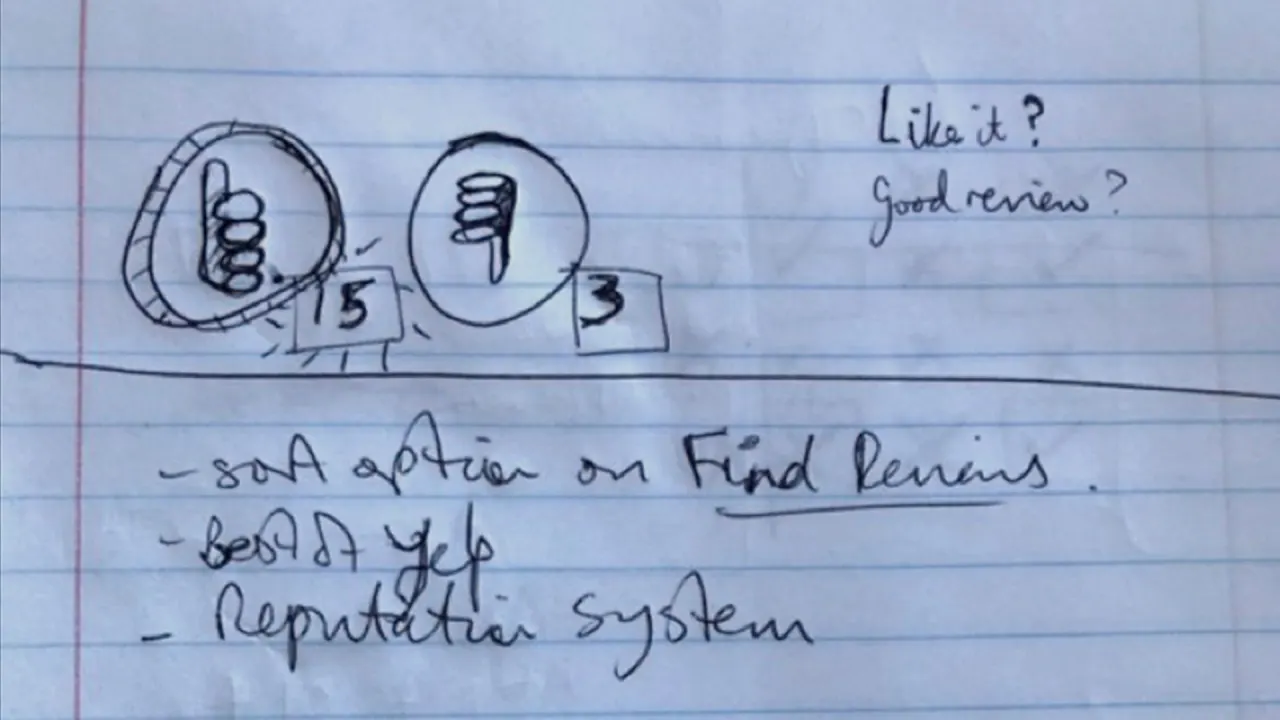How to turn parental leave into a strategic advantage

Parental leave is often treated as a checkbox issue—handled quietly by HR, focused on paperwork, and confined to a narrow window of time. But Amy Beacom, founder and CEO of the Center for Parental Leave Leadership and author of The Parental Leave Playbook, is reshaping that view. With over 25 years of experience in executive coaching and organizational development, Beacom, who has an EdD degree in industrial and organizational psychology from Columbia University, partners with leading companies to transform parental leave into a strategic advantage for retention, equity, and leadership growth.
In this conversation, Beacom unpacks some of the biggest misconceptions about parental leave—and shares best practices and innovative strategies for companies of all sizes to better support employees before, during, and after this critical transition.
What are some of the biggest misconceptions organizations still hold about parental leave today?
First, that parental leave is solely about paid time off, administration, and compliance. When seen only through this limited lens, leave remains siloed in HR, and its broader potential is overlooked. In reality, parental leave can be a powerful driver of talent retention, employee well-being, DEI-B goals, leadership development, organizational culture, brand reputation, risk mitigation, and more.
Second, that parental leave begins when a child arrives and ends when a parent returns to work. The full employee experience often spans over a year—starting before leave is announced and continuing long after the return. Without meaningful support across all three phases—preparing for, during, and returning from leave—organizations risk losing talent and falling short of their intended ROI [return on investment].
And third, that parental leave is only about moms. Leave benefits should be offered equally to all parents, not just mothers. Parental leave also impacts managers, teams, clients, and HR. When it’s seen not as a personal issue for moms but as a professional experience many employees will face, it becomes clear that leave is a standard part of the employee lifecycle.
What are the core best practices every organization—regardless of size—should follow when it comes to supporting employees before, during, and after parental leave?
- Treat this time as unique and sacred, because for your employees it is.
- Begin with generous, gender-neutral paid family and medical leave benefits to create a strong foundation.
- Create a clear, centralized, and well-communicated intranet webpage that includes anything and everything leave-related. Include your policy, all benefits, expectations, assessments, coaching, training, templates, resources, etc.
- Provide structured guidance and planning support to both the employee and their manager before, during, and after leave.
- Train managers to understand the law, but just as importantly, train them how to confidently navigate the leave and return process with intentionality, empathy, and clarity.
- Normalize parental leave and return as a predictable part of the workplace experience—one that warrants consistent support and unlocks valuable opportunities for learning, growth, and leadership development—not as a disruption.
Larger companies often have more resources. What innovative or exemplary approaches have you seen from bigger organizations when it comes to parental leave planning and reintegration?
At the enterprise level, we help organizations integrate parental leave into leadership development, link manager support to performance goals, and use data to track and improve leave experiences across teams and regions. In some cases, we’ve scaled manager training across dozens of countries; in others, we’ve leveraged our digital coaching hub to build community and learning at scale.
One of the most impactful and growing strategies we recommend is coaching—using certified RETAIN Parental Leave Coaches to support parents through leave and return, administer perinatal mental health screenings, and connect them to resources. We’ve also helped organizations implement peer-based support like leave buddies and return-to-work cohorts to foster connection and ease the transition back to work.
One area we’re currently focused on—alongside several large companies—is designing effective leave coverage systems that double as developmental opportunities for high-potential employees or team members. We’re also exploring new ways to structure compensation and performance metrics that feel both fair and motivating. These aren’t just perks—they’re strategic tools for driving retention and performance
Smaller organizations often cite resource constraints. What creative or low-cost strategies have you seen smaller employers use to support parental leave well?
At the root of it, employees want to know they matter, especially during unpredictable times, and that simple act doesn’t have to cost anything. The smaller employers we work with often shine through personalization and flexibility—they use recognition in ways that feel meaningful and genuine.
I also recommend using tools like shared planning templates and checklists for leave transitions, designating an “HR point person” to act as a leave concierge, and holding team-based planning sessions so responsibilities are clearly handed off and reintegrated. A warm, proactive conversation and a culture of support go a long way—even without a big budget.
Managers are often the linchpin in a parent’s leave experience. What support or guidance do they need?
They need clear expectations, practical tools, and a safe, judgment-free space to ask questions. Most managers have never been trained on how to handle parental leave and return transitions and are afraid to say or do the wrong thing. Our evidence-based trainings provide communication frameworks, timelines, compliance essentials, and emotional intelligence skills. On top of training, the most impactful support we recommend is one-on-one coaching with a certified parental leave coach. When managers have confidential access to expert guidance, they feel more secure, parents feel more supported—and both are more likely to stay engaged and avoid burnout.
Given the current political and cultural climate, what trends are you seeing in the future of parental leave policy and practice—and what might organizations need to prepare for?
There’s growing recognition that leave is more than a benefit—it’s a driver of long-term organizational health. Thirteen states plus D.C. have passed paid-leave legislation, and momentum is building toward federal standardization, and rising employee expectations are prompting companies to act ahead of mandates. We’re also seeing a shift toward intersectional strategies that connect leave to leadership development, career growth, mental health, and caregiver support. Organizations that treat leave as a core talent strategy—not just a compliance task—will be best positioned for the future.
What's Your Reaction?
 Like
0
Like
0
 Dislike
0
Dislike
0
 Love
0
Love
0
 Funny
0
Funny
0
 Angry
0
Angry
0
 Sad
0
Sad
0
 Wow
0
Wow
0































































































